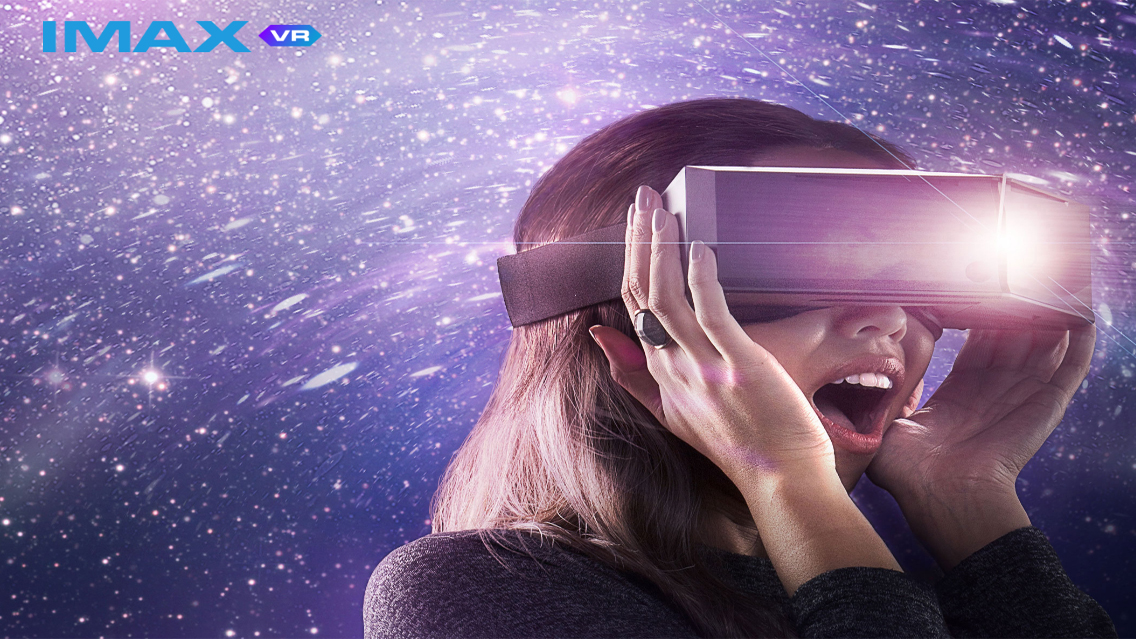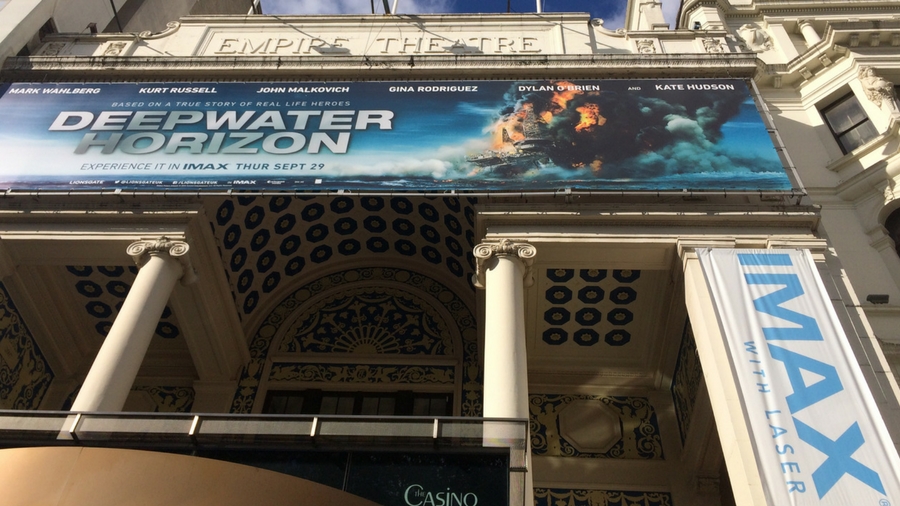Could VR find its niche in your local IMAX?
VR pods are in the cards as IMAX reveals its VR roadmap

Why spend thousands on Oculus Rift and HTC Vive – not to mention a VR-ready PC – when you can get your VR fix immediately after the next IMAX movie?
Post-movie, high quality VR experiences is what IMAX VR will most likely offer, and in auditoriums containing specially designed, enclosed VR pods.
“Our plan is to go into multiplex locations around the world, remove the seating deck in an underused theatre, and turn it into an IMAX VR centre with 10-14 pods,” said Rob Lister, IMAX Chief Business Development Officer, to TechRadar during a backroom briefing at the CES 2017. “Each pod will have premium technology and content for a premium IMAX-like experience.”
The first IMAX VR centre, due to open imminently, will be at the Grove in Beverley Hills, Los Angeles, while the second will be within an ODEON multiplex near London in the UK. Four other locations will open during 2017.
“One is likely to be in Japan, one in China, and the other two in North America probably on the west and east coasts, all of them in multiplex locations,” said Lister.
IMAX Glasses 2.0
“The reason we’re interested in VR is because it fits into what we already do well,” said Lister. “We want to build an end-to-end VR solution where we’re involved in capture, content and delivery, because that’s what we do in cinema … and if VR is destination-based, it’s a natural fit for us.”
So what does VR at the theater actually look like?
Sign up for breaking news, reviews, opinion, top tech deals, and more.
The IMAX pods themselves are 10ftx10ft spaces that convert into a single or multiplayer space that’s social, so friends can watch each other don a VR headset and get stuck in.

The pods are actually designed by Gensler, which has worked before with IMAX and has something of a tech heritage; it designs Apple Stores.
However, VR in an IMAX location will be a moveable feast, and in the first pilot IMAX VR centre in Europe – the Printworks ODEON multiplex in Manchester – things could change.
“For the Manchester location we’re considering using lobby space for VR so other theatregoers can see, but we’ll mainly be focused on auditoriums,” said Lister. However, at the time of the interview Printworks wasn’t confirmed to be the location of the UK-based IMAX VR experiment.

Pilot period
Whatever the pods look like, the very existence of IMAX VR does beg the question: which particular headset will IMAX use? The answer, apparently, isn’t that simple.
“We’re in a pilot period we’re going to open six locations around the world for six months where we’ll be testing and experimenting headsets, content, throughput, pricing and consumer preferences,” said Lister.
However, there are two main contenders: the HTC Vive and StarVR.
“We like the Vive very much, it’s very conducive to Hollywood-style content, which we’re looking at curating,” said Lister, but Starbreeze’s StarVR has characteristics that could be just what IMAX is after.
“They’re developed a headset with a really wide field of view, which is very IMAX-like,” said Lister of StarVR’s 210-degree field of view, though it’s still in an early stage of development. “We’re agnostic on the technology, but a headset does have to offer first-class premium and IMAX consistent.”

Content is king
How to watch in VR in an IMAX venue is one thing, but there’s also the smaller matter of content.
“We’re looking for a combination of strong triple AAA IP Hollywood and on the gaming side,” said Lister.
That’s industry-speak for very high development and marketing budgets, which is what you might expect from IMAX. To that end IMAX has partnered with Google to develop a cinema-grade VR camera – dubbed simply the IMAX VR camera – and created $50 million fund to help finance the creation of VR ‘content experiences’ for use across all VR platforms, including in IMAX VR centers.
“We’re using the fund to co-finance 25-30 key pieces of VR content, all of its 7-12 minute short-form, narrative-driven pieces with an exclusive window in IMAX VR centers,” said Lister. “Seeing content you can’t see anywhere else would make it compelling.”

How would it work?
You pay $20 to see a 3D IMAX movie, then when that’s over you pay a further US$10 to have a 10-minute VR experience. Perhaps if you’ve just seen Avatar you get to explore Pandora, or after Star Wars: Rogue One, the Jedi temples of Jedha. Or maybe it’s something else entirely, such as a chance to stroll around the Moon or the Great Barrier Reef after visiting an exhibition as the Science Museum in London or the Smithsonian in Washington D.C., both of which already have IMAX 3D theatres.
The elephant in the room, of course, is VR movies. Will we one day see three-hour epics while sitting in pods strapped to VR headsets?
“There are some people who think it’s a great idea, but I’m not one of them,” said Lister. “There’s definitely a way to go before people want to spend hours and hours wearing a head-mounted display, but there would have to be an incredible advantage compared to staying at home with a VR headset.”
- Don't miss all the latest news from CES 2017

Jamie is a freelance tech, travel and space journalist based in the UK. He’s been writing regularly for Techradar since it was launched in 2008 and also writes regularly for Forbes, The Telegraph, the South China Morning Post, Sky & Telescope and the Sky At Night magazine as well as other Future titles T3, Digital Camera World, All About Space and Space.com. He also edits two of his own websites, TravGear.com and WhenIsTheNextEclipse.com that reflect his obsession with travel gear and solar eclipse travel. He is the author of A Stargazing Program For Beginners (Springer, 2015),